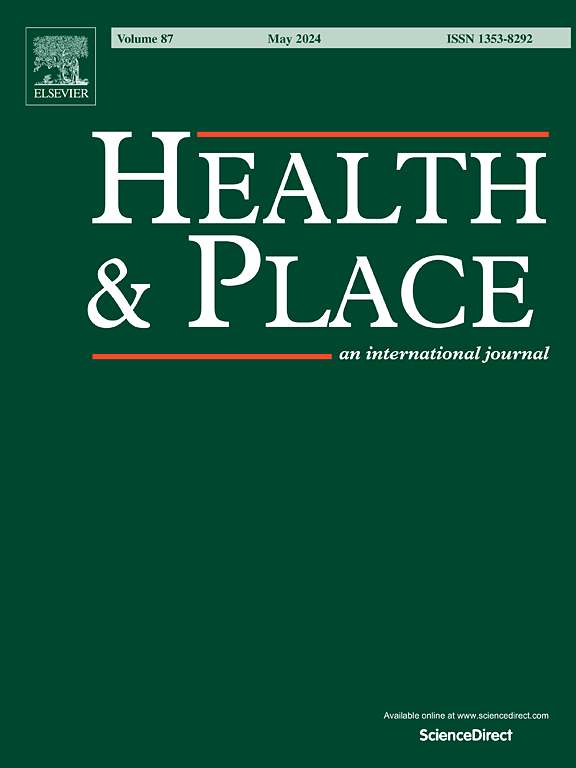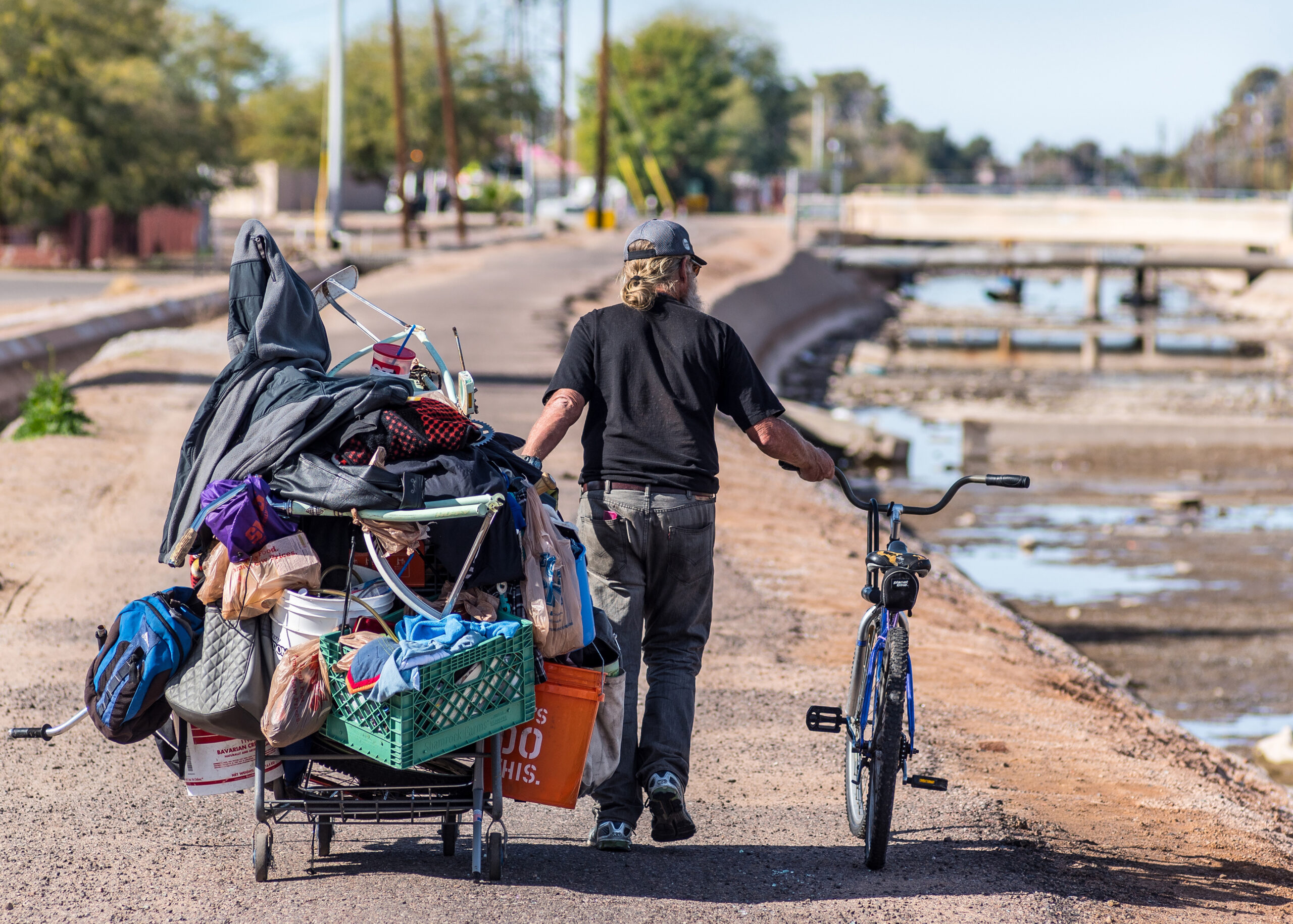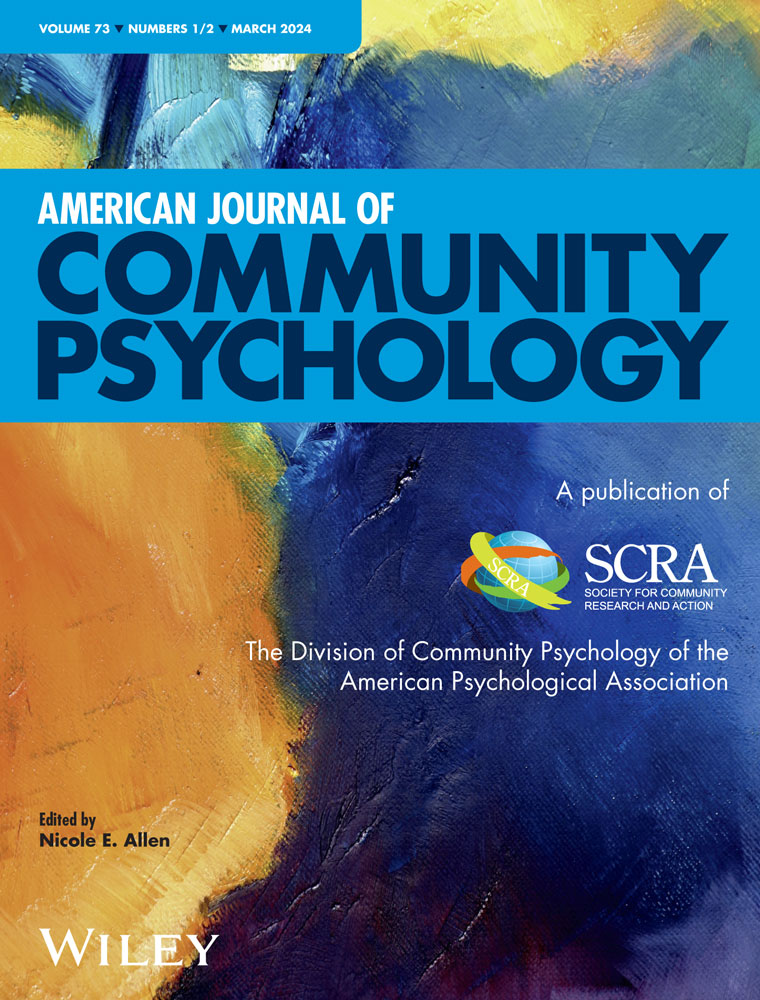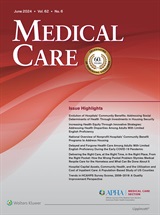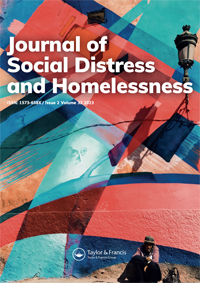Home Journal Articles Page 5
Journal Articles
- Research
Unsheltered homelessness is an increasingly prevalent phenomenon in major cities that is associated with adverse health and mortality outcomes. This creates a need for spatial estimates of population denominators for resource allocation and epidemiological studies. Our study shows that alternative data sources can contribute timely insights into the state of unsheltered homelessness throughout the year and inform the delivery of interventions to this vulnerable population.
- Research
Rooted in my upbringing in the South Bronx and informed by my extensive equity-focused research on housing, energy, and health, alongside practical experience in small-scale, place-based real estate, I advocate for a more nuanced and holistic approach to understanding and achieving “sustainable affordable housing.” By challenging the conventional emphasis on environmental and economic sustainability, I argue that social realities must also take precedence in this endeavor.
- Research
Urban poverty and homelessness keep growing while investments in health-promoting services and public infrastructure, including drinking water, sanitation and hygiene (WASH) have been decreasing. We used a mixed-method approach to collect data from 45 unhoused individuals in Germany identifying individual, infrastructure-specific, and location-based solutions to improve public WASH. Suggestions included adapting existing infrastructure, opening up existing, but inaccessible and constructing new inclusive infrastructure. Proactive, long-term sustainable solutions were preferred over reactive short-time options. Realizing safe WASH for all requires collaboration between homeless communities, governmental bodies, NGOs, businesses, and sanitation experts.
- Research
This Note discusses why the provisions of H.B. 1606 are problematic for the homeless population and the organizations that support them, how the language of H.B. 1606 may jeopardize the State of Missouri’s receipt of federal funding, the merits of “Housing First” Policy, and the remedies that exist for defending against H.B. 1606 or rectifying it through legislation.
- Research
As urban temperatures rise, air pollution concurrently worsens—especially ground-level ozone and particulates —because heat alters both atmospheric chemistry cycles and air circulation patterns. One population that is among the most vulnerable to the twin threats of heat exposure and air pollution is also chronically understudied and plagued by stigma: people experiencing homelessness.
- Research
Overall, the findings of our study highlight the importance of providing stable housing and facilitating social support and psychological integration as a means of increasing social capital among people with a history of homelessness.
- Research
Housing is a critical social determinant of health that can be addressed through hospital-supported community benefit programming. Currently, a small subset of hospitals nationally are addressing housing. Hospitals may need additional policy support, external partnerships, and technical assistance to address housing in their communities.
- Research
The aim of this scoping review was to describe treatments for trauma-related conditions for persons in homelessness.

